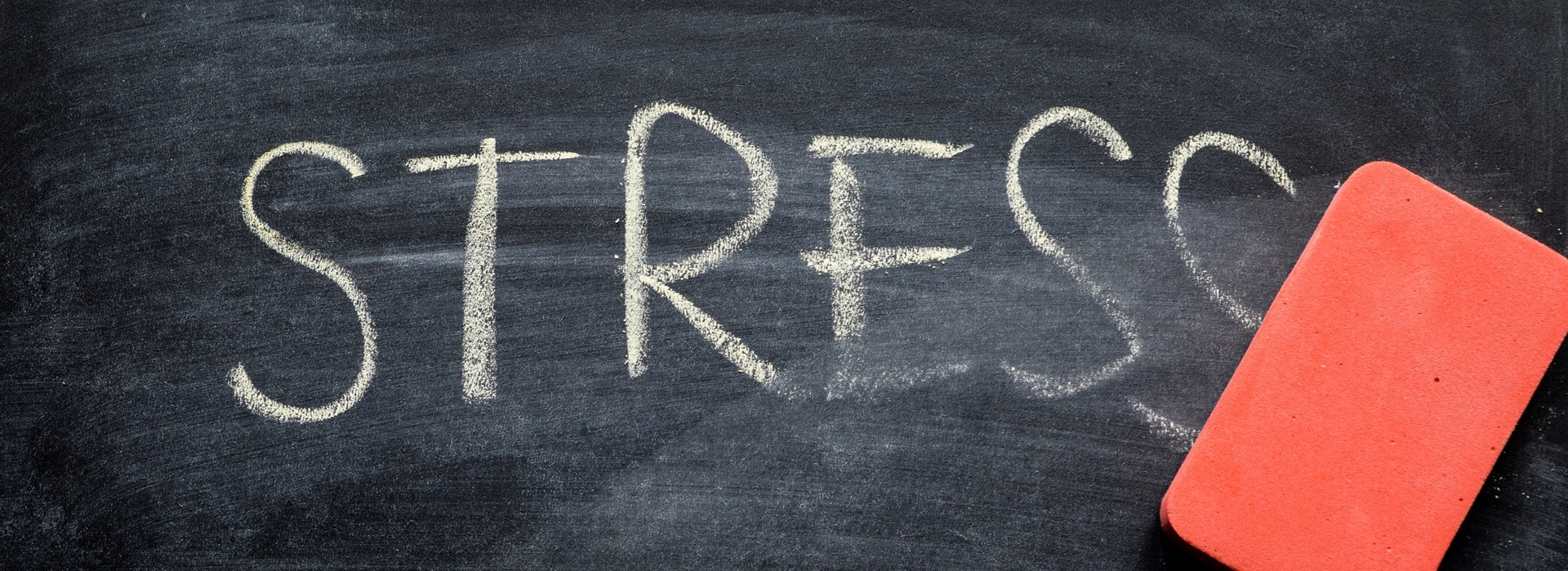How to Quickly Activate Your Parasympathetic Nervous System to Relieve Stress
Crafted by: Jonathan Chew

Managing stress and anxiety can seem like a daunting task, but it doesn’t have to be complicated. Within each of us lies a natural mechanism that can help reduce stress and foster a sense of calm. Unfortunately, many people overlook this powerful tool when managing stress, often chasing after trendy techniques and quick fixes. However, true stress relief and anxiety management come from consistently employing simple, effective strategies that activate the body’s natural relaxation response. This article explores how to harness your parasympathetic nervous system to achieve lasting stress relief.
Understanding Common Misconceptions About Stress Management
There is a lot of hype surrounding quick-fix methods for instant stress relief. Many of these trendy techniques promise immediate results, but their effectiveness is often short-lived. Research indicates that sustainable stress management isn’t about trying the latest trend; it’s about adopting a few reliable techniques and practicing them regularly. The key to managing stress and alleviating symptoms is not in sporadic efforts but in making small, straightforward actions a consistent part of your daily routine.
The Body’s Natural Stress-Relief System
The body has a built-in system for managing anxiety and stress: the parasympathetic nervous system (PNS). The PNS is part of the autonomic nervous system responsible for calming the body after a stressor has passed. When you face stress or anxiety, your body enters a heightened state of alertness—often referred to as the “fight-or-flight” response—characterized by an increased heart rate, rapid breathing, and heightened senses.
Once the immediate threat is over, the parasympathetic nervous system brings the body back to its normal, relaxed state. It slows the heart rate, lowers blood pressure, reduces breathing rates, and relaxes muscles, helping to alleviate anxiety and promote relaxation. However, in cases of chronic stress or anxiety, this calming response may not activate as efficiently. When the nervous system is dysregulated, intentionally working to trigger the parasympathetic response can be particularly beneficial. With consistent practice, your body can become better at relaxing more easily and automatically when needed.
Real-Time Techniques to Reduce Anxiety
Two effective techniques to activate the parasympathetic nervous system and reduce anxiety are physiological sigh and physical movement. Practicing these techniques regularly can help your body return to a calm state more easily during stress or anxiety.
The Physiological Sigh
The physiological sigh, also known as cyclic sighing, is a controlled breathing technique that has been shown to be highly effective for managing anxiety at the moment. According to research from the Stanford Center on Stress, this method can be even more effective than meditation for immediate stress relief. Here’s how to practice the physiological sigh:
- Begin with a Deep Inhale: Take a deep breath in through your nose, filling your lungs with oxygen as much as you can.
- Add a Second Inhale: After the first breath, take a shorter, second breath to further expand your lungs.
- Slowly Exhale: Gradually release the air through your mouth, making the exhale longer than the two inhales.
- Repeat: Perform this cycle for five breaths or continue for up to five minutes for a more significant effect.
Even a brief practice of five breaths can have a calming effect, but extending the practice to five minutes can more profoundly impact the nervous system.
Moving Your Body
Physical activity is another powerful way to stimulate the parasympathetic nervous system and manage stress. Both gentle and vigorous exercises can help activate this relaxation response. Here are some effective forms of movement:
- Stretching: Stretching exercises relieve accumulated tension in the body, helping to alleviate physical stiffness and shift the body into a more relaxed, parasympathetic state.
- Yoga: Yoga combines physical postures with breath control, making it an excellent practice for calming the body’s stress response and reducing overall tension. By increasing body awareness, yoga can help you recognize and respond to tension more quickly.
- Brisk Walking: Taking a brisk walk, especially in calming environments like parks or near water, can activate the parasympathetic system. The rhythmic motion of walking helps soothe the mind, lower stress hormones, and improve mood.
- Vigorous Exercise: While gentle exercises are beneficial, engaging in vigorous activities like running, cycling, or high-intensity interval training can also effectively stimulate the body’s natural stress-relief mechanisms. After intense physical activity, the body naturally calms down, helping to retrain the stress response.

The Importance of a Long-Term Approach
While these immediate techniques can provide quick relief, it’s important to understand that they are just one part of a comprehensive strategy for managing stress and anxiety. For long-term results, a consistent approach to activating your parasympathetic nervous system is necessary. Addressing the root causes of nervous system dysregulation is crucial for achieving lasting relief. Without this, you may experience only temporary comfort, with symptoms likely to return.
Conclusion
Managing stress and anxiety does not require complicated methods or the latest trendy techniques. By understanding and utilizing the body’s natural stress-relief mechanisms, such as the parasympathetic nervous system, you can achieve sustainable stress relief and improve overall well-being. Simple practices like the physiological sigh and regular physical activity can make a significant difference in how your body responds to stress. Consistency is key: by integrating these practices into your daily routine, you can help your body become more adept at returning to a calm state, even in the face of stress.
Ultimately, managing your mood and stress levels is about more than just finding quick fixes; it’s about nurturing a long-term relationship with your body’s natural ability to heal and calm itself. By choosing to prioritize these techniques, you’re not only alleviating stress at the moment but also investing in your long-term mental and emotional health.

